Pharmaceutical Industry
The pharmaceutical industry discovers, develops, produces, and markets drugs or pharmaceutical drugs for use as medications to be delivered to patients to cure them, vaccinate them, or alleviate a symptom.
Pharmaceutical companies are subjected to a variety of laws and regulations that govern the patenting, testing, safety, efficacy and marketing of drugs.
The pharmaceutical industry is based primarily upon scientific research and development (R&D) of medicines that prevent or treat diseases and disorders. Drug substances exhibit a wide range of pharmacological activity and toxicological properties (Hardman, Gilman and Limbird 1996; Reynolds 1989).
Modern scientific and technological advances are accelerating the discovery and development of innovative pharmaceuticals with improved therapeutic activity and reduced side effects. Molecular biologists, medicinal chemists, and pharmacists are improving the benefits of drugs through increased potency and specificity. These advances create new concerns for protecting the health and safety of workers within the pharmaceutical industry (Agius 1989; Naumann et al. 1996; Sargent and Kirk 1988; Teichman, Fallon and Brandt-Rauf 1988).
The process of drug manufacturing can be broken down into a series of unit operations, such as milling, granulation, coating, tablet pressing, and others.
There are many ways to classify pharmaceutical drugs :
It can be classified by the level of control, mode of action, route of administration, biological system affected, or therapeutic effects.
An elaborate and widely used classification system is the Anatomical Therapeutic Chemical Classification System (ATC system). that classifies the active ingredients of drugs according to the organ or system on which they act and their therapeutic, pharmacological and chemical properties.

Pharmaceutical products require some special precautions during the packaging process. Many of these precautions will revolve around filling the product, as the liquid filler is the one machine that will necessarily move and contact the product. But other areas of the packaging system will likely see changes or modifications as well, mostly to keep the product free of contamination.

FILLING MACHINES
More than any industry, with the possible exception of the Food and Beverage Industry, pharmaceuticals will use sanitary filling equipment. This is no surprise, given that these two industries both provide products that will be ingested, made for human consumption. Sanitary fittings are used on pharmaceutical filling machines to ensure that the product does not become contaminated while traveling through the machine, down the product pathway and into the bottle or other containers. Sanitary plumbing and fittings provide a smooth surface that discourages product build up, easy cleaning and protection against leaking and outside contamination. Stainless steel is popular for sanitary filling machines in that it will not rust or corrode with most products, but other options may be used.
pharma products can use many filling principles including overflow, gravity, and piston, depending on the product itself.

BOTTLE CLEANING
As the filling machine will be designed specifically for pharmaceutical products, also there are some other features that are fairly common to these packaging systems. Almost every pharma line will include some type of container cleaning machine.
These machines will use some type of rinse media – air, water or other liquid – to clean the inside of the bottle before the product is Filled. Bottle rinsers and washers will remove dust, debris, and other buildups inside the bottle to protect against contaminating the product. Some lines will even use a bottle vacuum in addition to the air rinse to ensure a clean, sanitary container.
CAPPING MACHINES
Capping machinery for pharmaceutical products will often include familiar types of equipment, including screw cappers, press-on cappers, and twist-off capping machines. However, capping machinery for these lines will often include additional components or features. Many of these products will be sealed using child-resistant caps and various tamper proof seals.
Packaging machinery such as induction sealers, neck banders, and similar equipment will help achieve a safe, tamper evident seal on bottles and containers.
These are some of the more common features found in filling machines and other equipment for pharmaceuticals, but new technology is sure to lead to new innovations and features on pharmaceutical packaging machines to welcome a safer, healthier, future for everyone.




